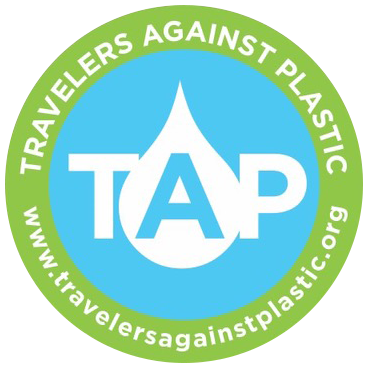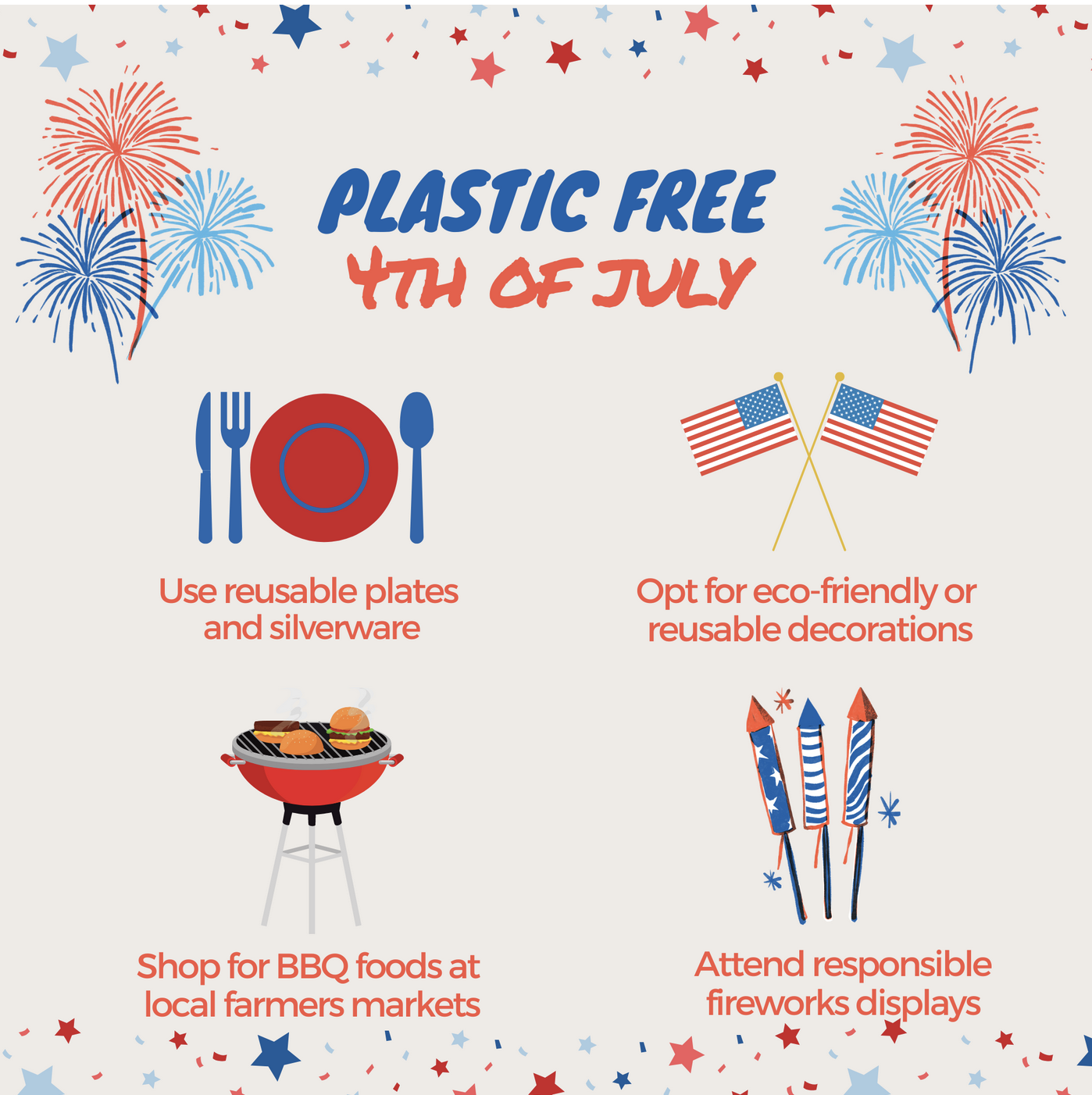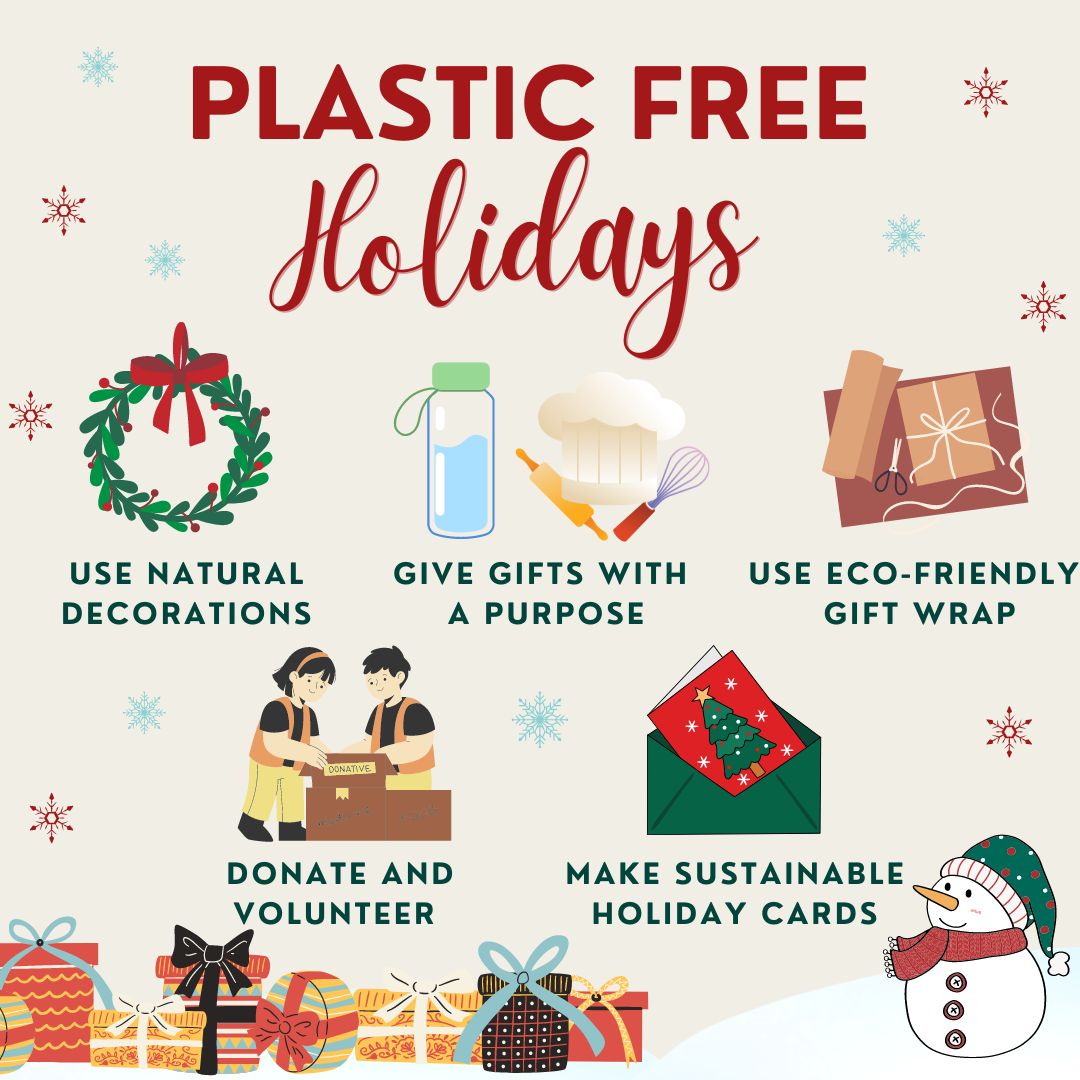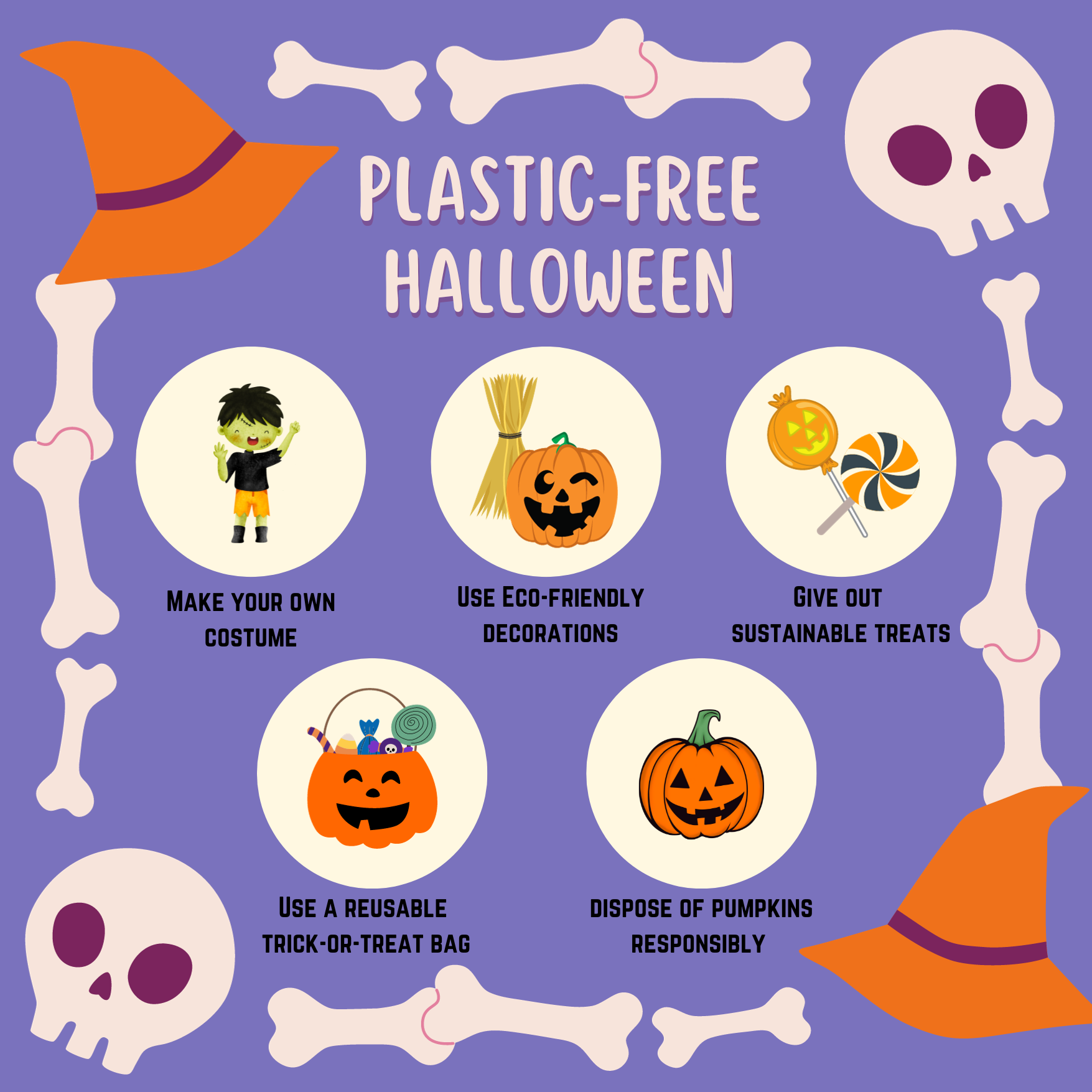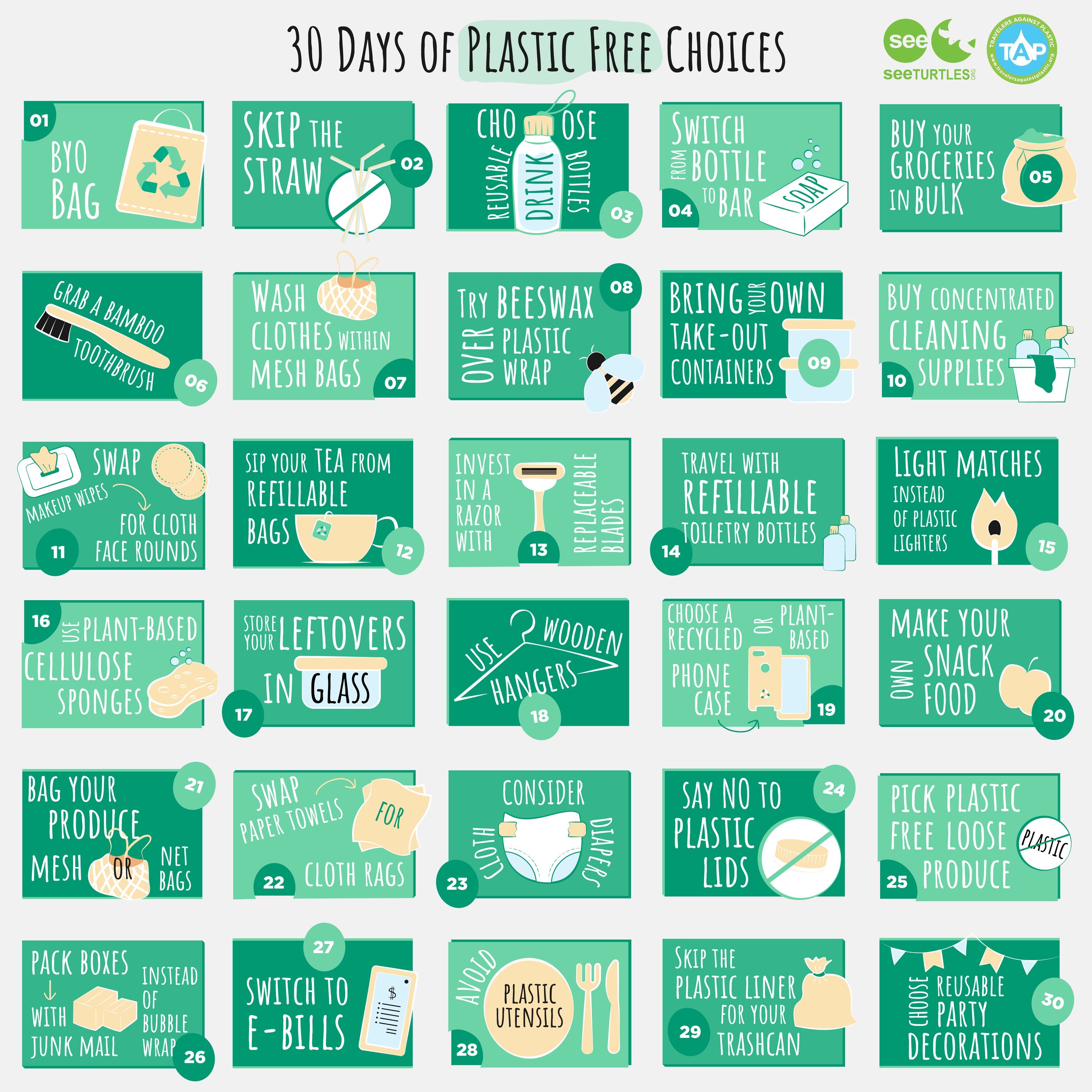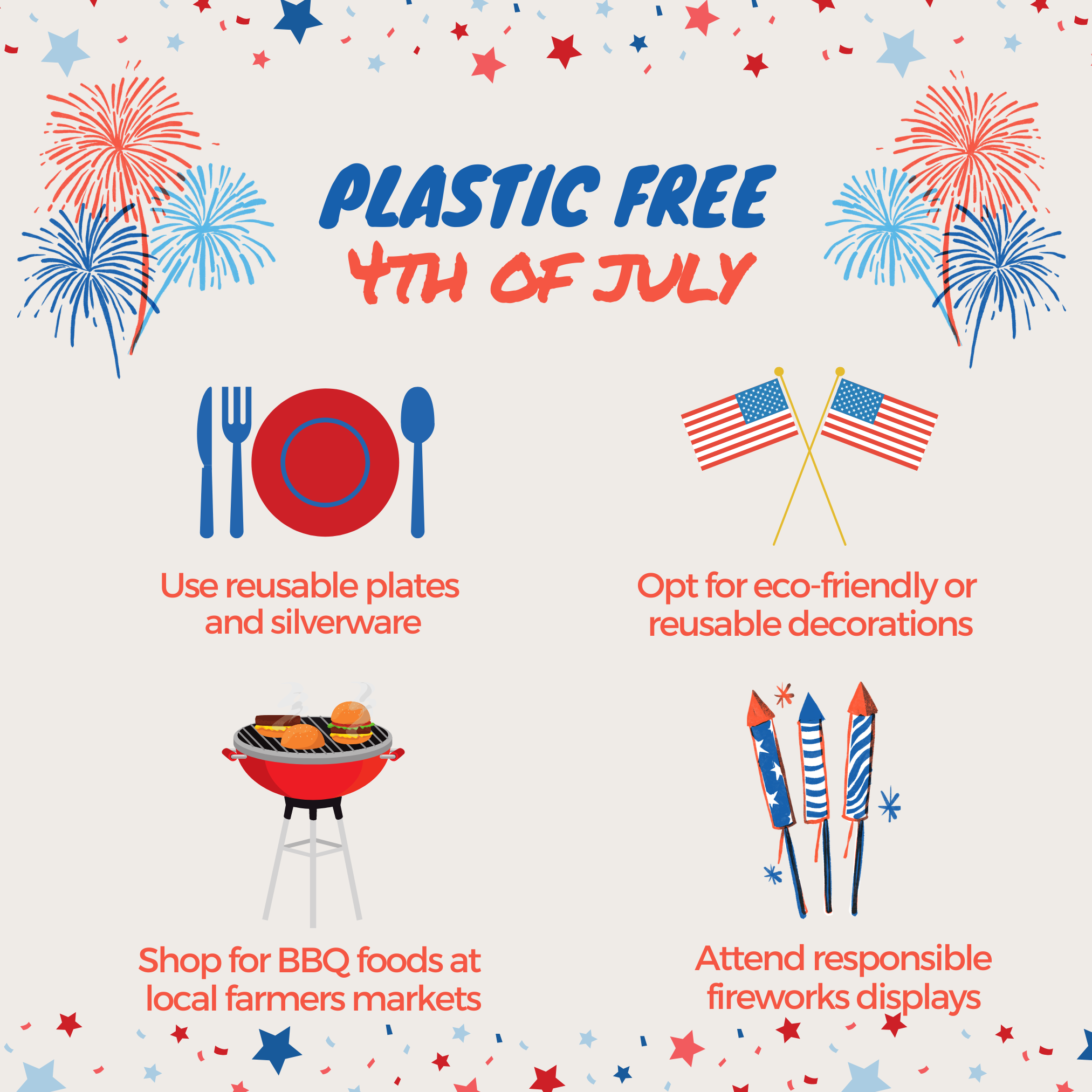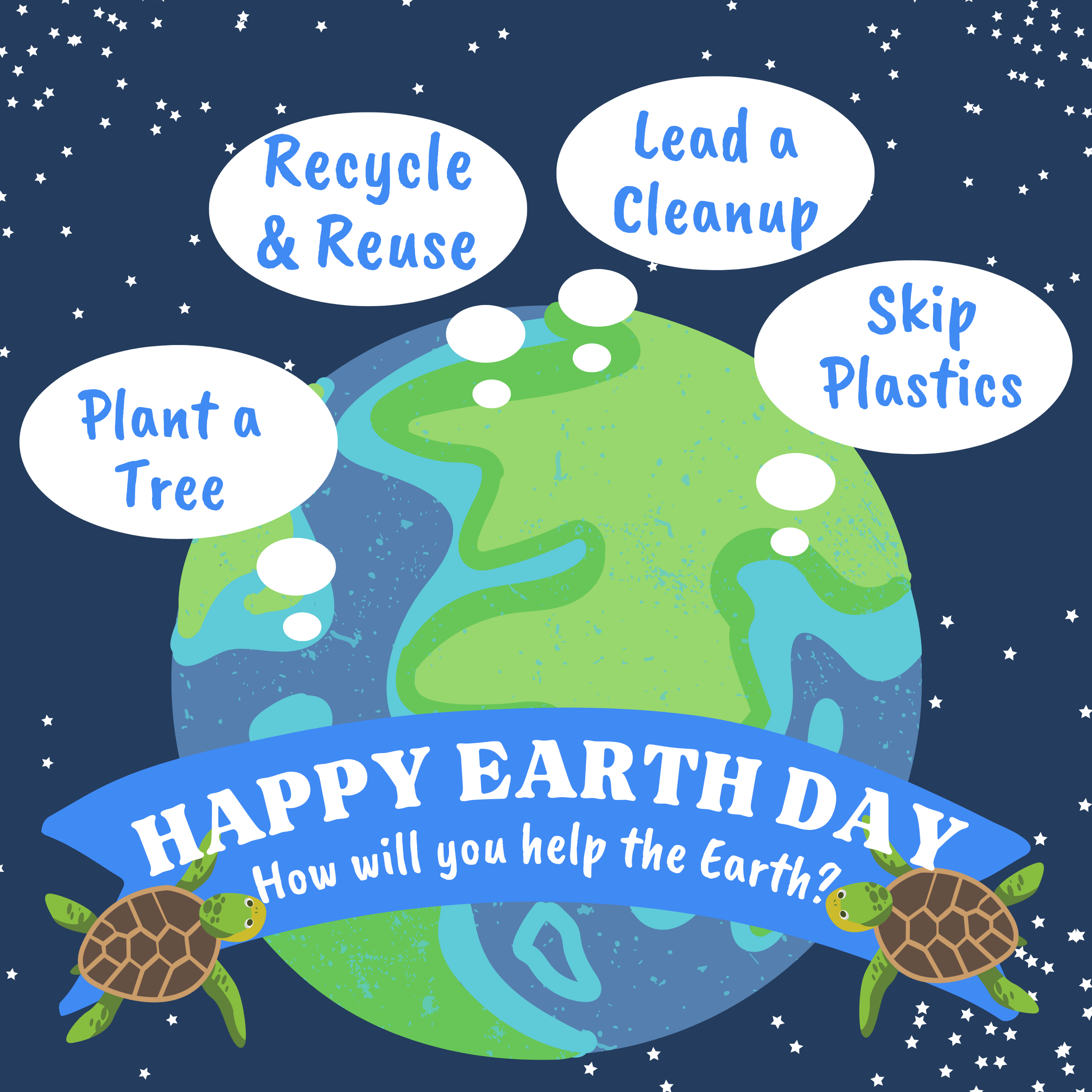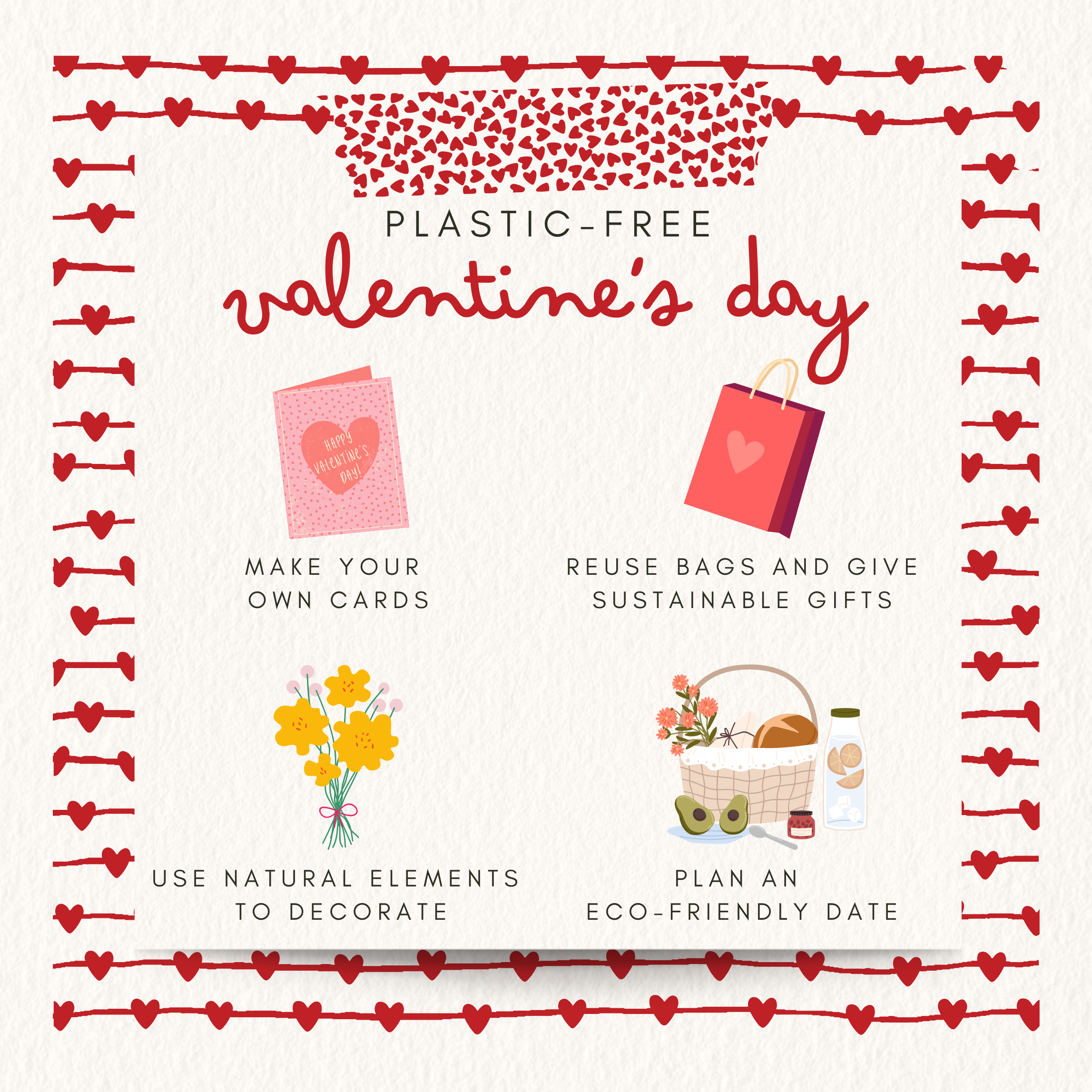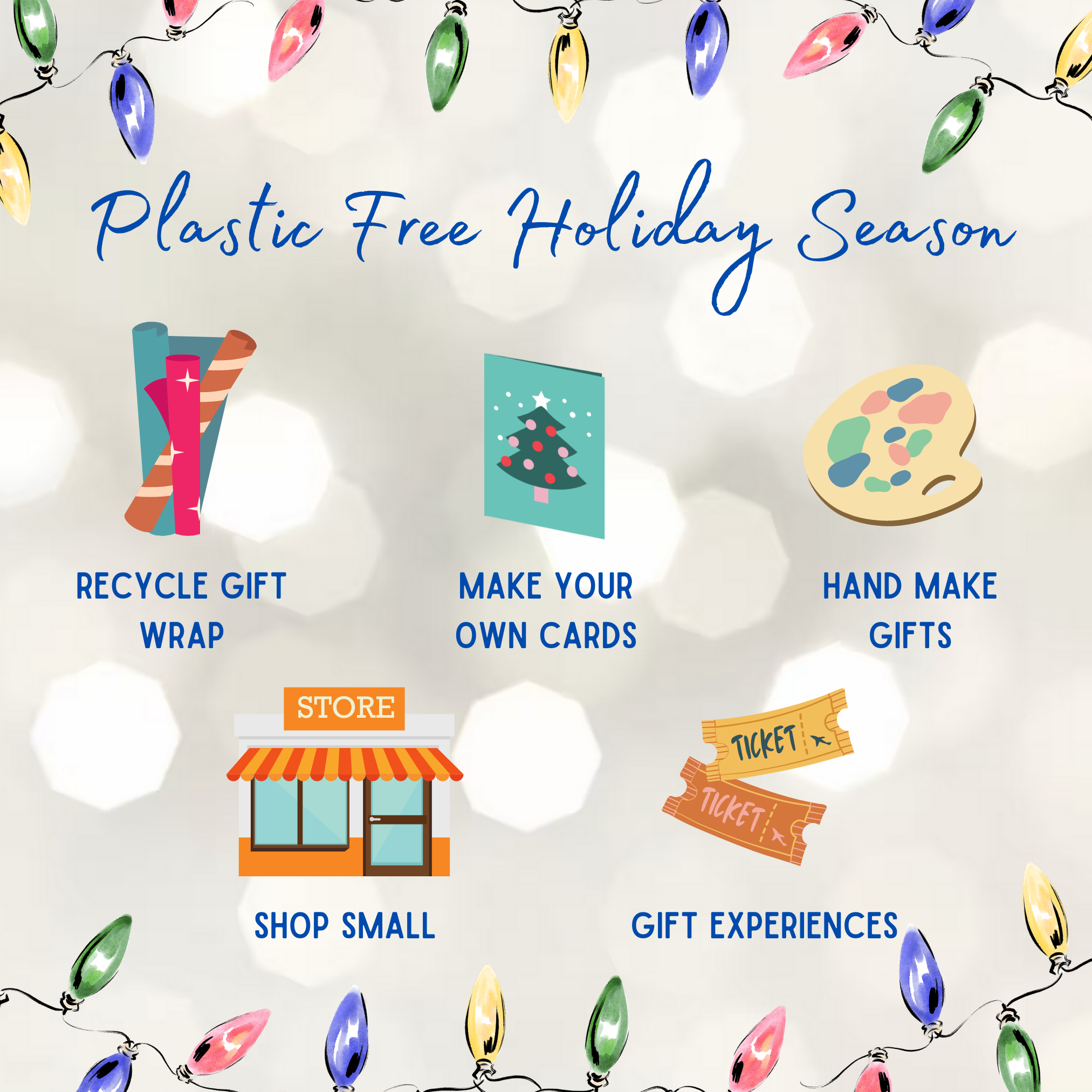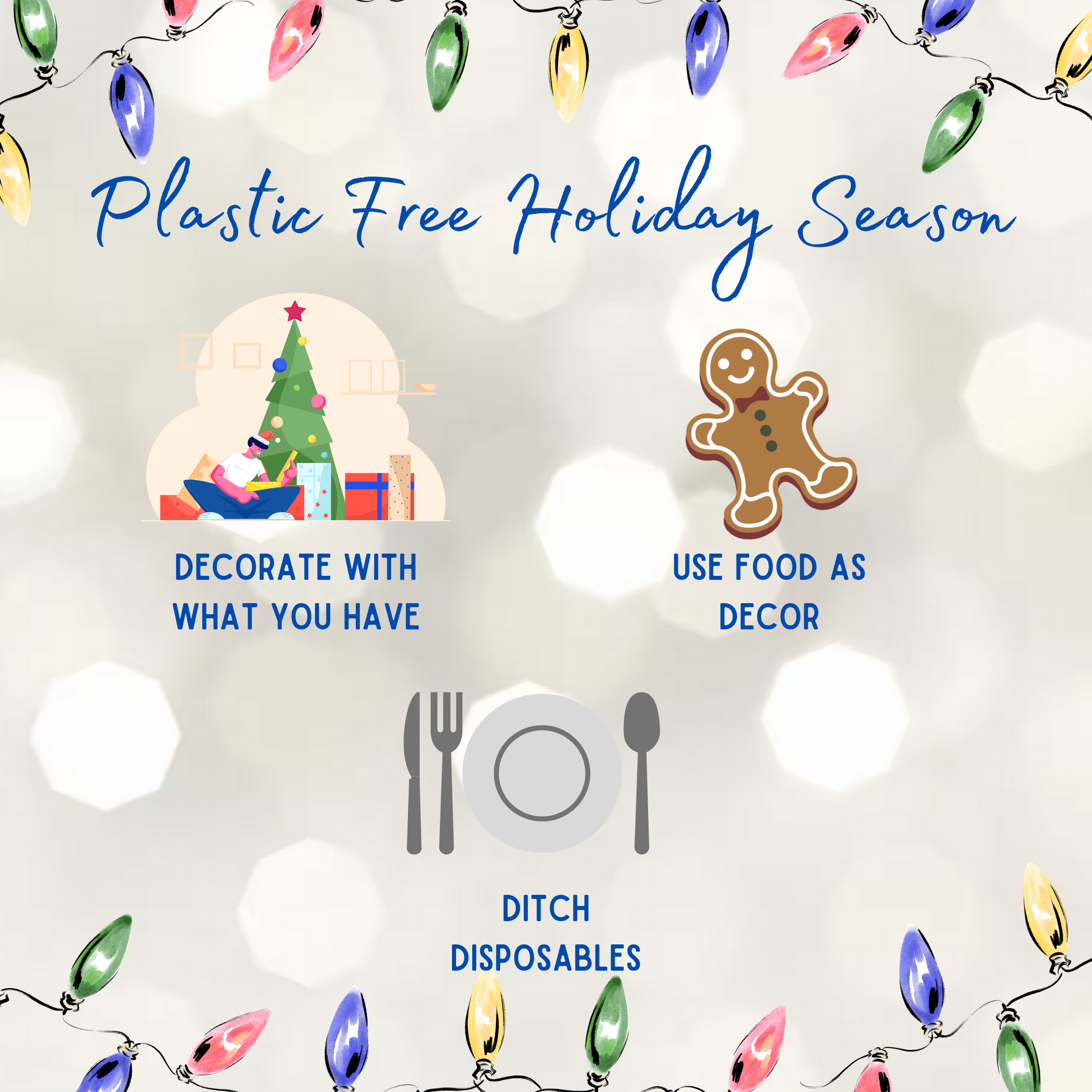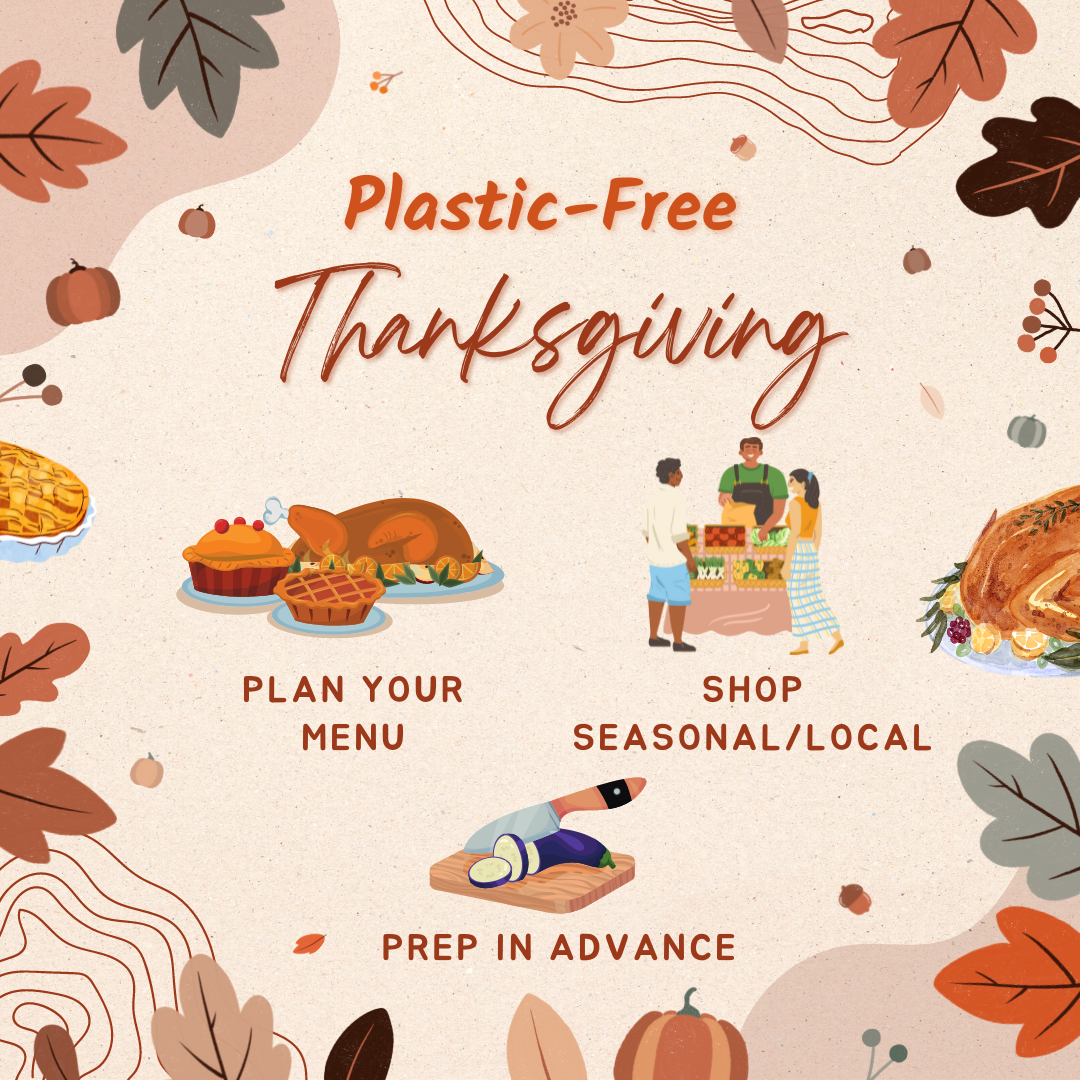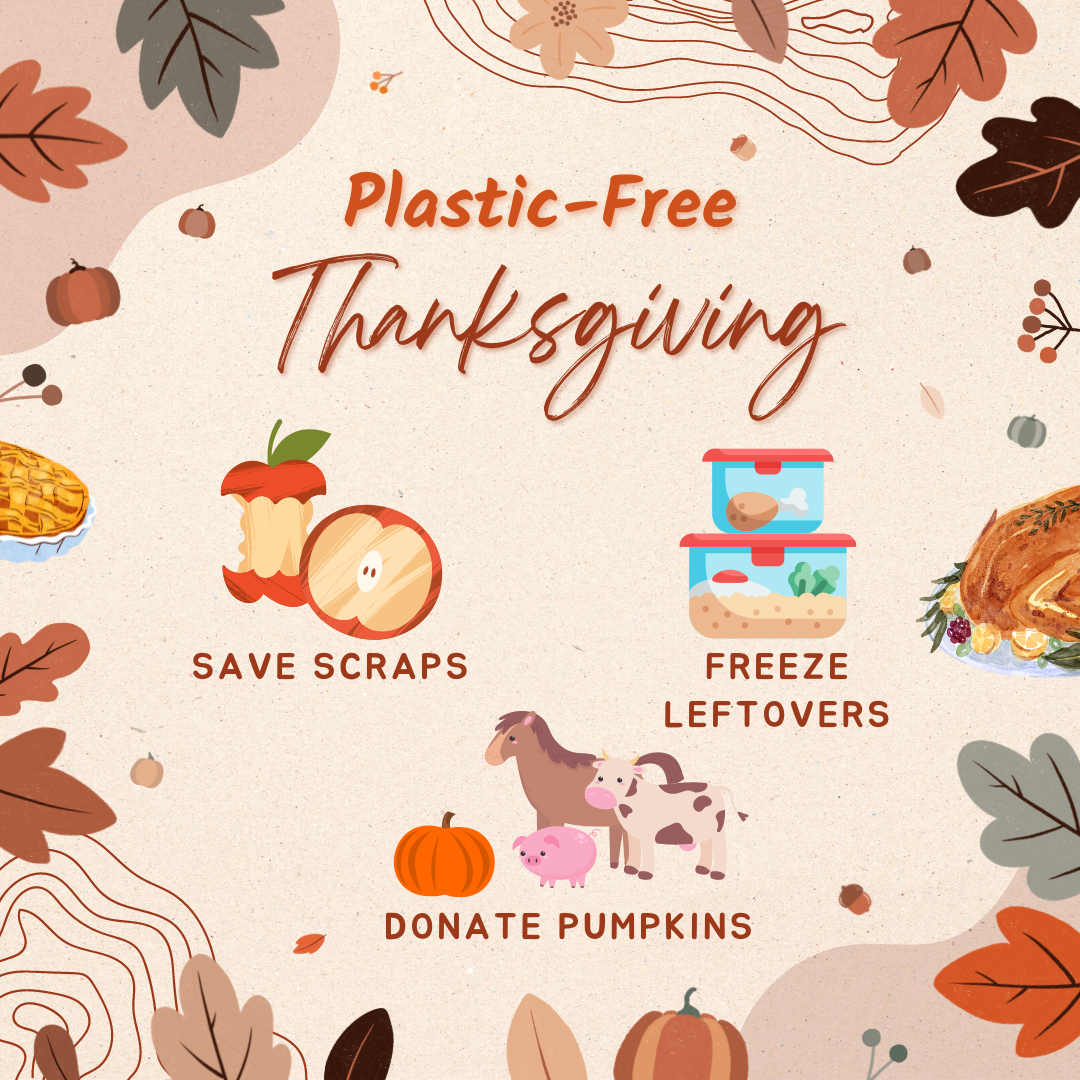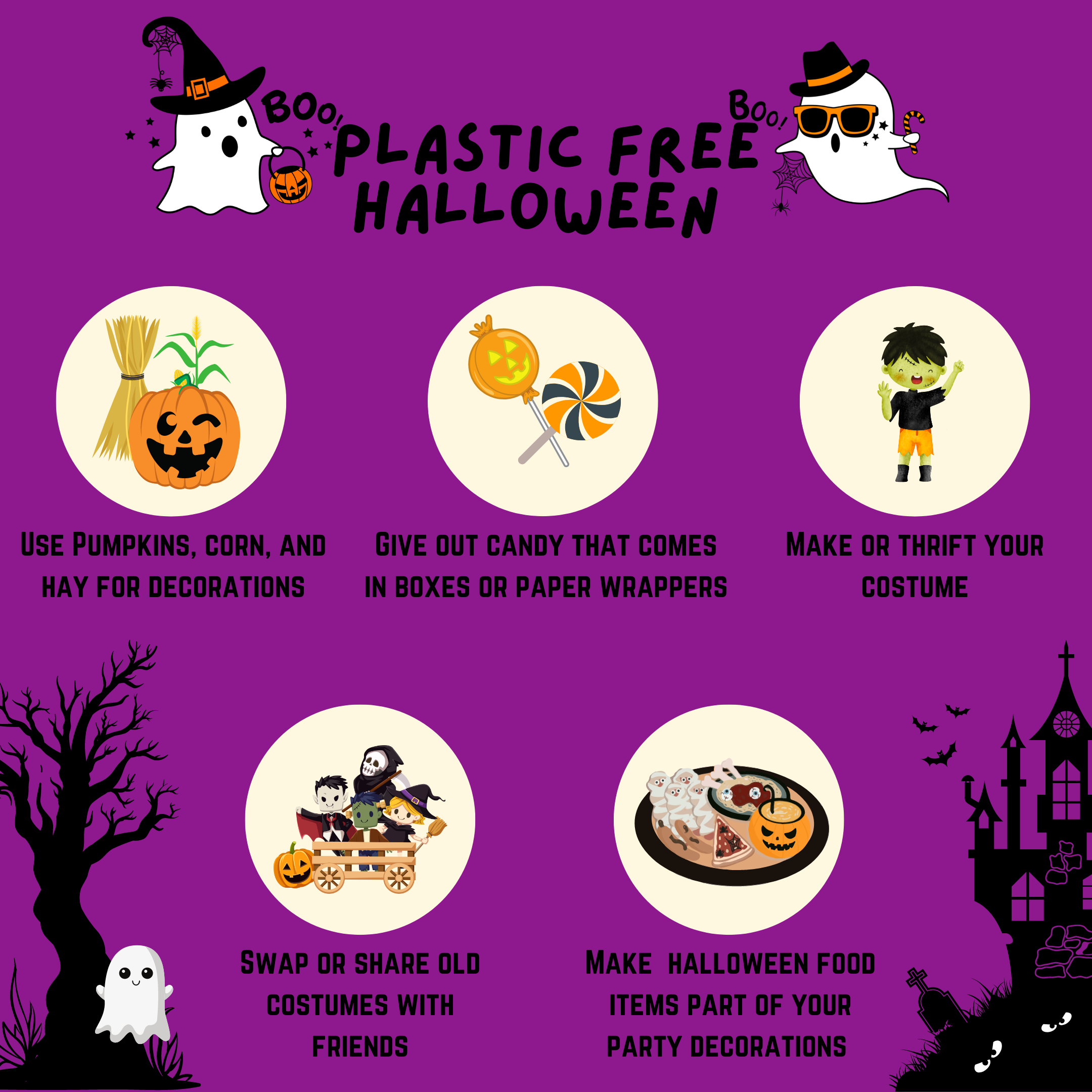By Bethany Holtz - Outreach Manager
As we prepare to celebrate the Fourth of July, a day that symbolizes freedom and unity, it's crucial to remember our responsibility towards the environment. While this holiday is often associated with barbecues, fireworks, and parties, it also tends to generate a significant amount of plastic waste. Here are some tips and ideas to help you celebrate Independence Day in style without harming the environment.
Ditch the Disposable Tableware: One of the biggest sources of plastic waste during celebrations is disposable plates, cups, and utensils. Opt for reusable alternatives such as plates and silverware made of bamboo, stainless steel, or compostable materials. Encourage guests to bring their own reusable water bottles and provide water stations to avoid single-use plastic bottles.
Eco-friendly Decorations: Instead of using plastic flags, banners, and balloons that often end up as litter, choose sustainable decorations. Incorporate natural elements like fresh flowers, potted plants, and wooden decorations. Get creative with DIY projects using recycled materials to make patriotic decorations that can be reused for years to come. If you do buy decorations, choose sturdy ones that can be reused annually.
Plan Sustainable Picnics and Barbecues: When planning your Fourth of July menu, prioritize local and organic food options. Shop at local farmers' markets to support local producers and reduce the carbon footprint associated with long-distance transportation. Grill sustainably by opting for plant-based alternatives or locally raised meats. Use reusable containers and beeswax wraps to store leftovers instead of disposable plastic bags or cling film.
Responsible Fireworks Displays: Fireworks are a beloved part of Independence Day celebrations, but they can have a significant environmental impact. Look for firework displays organized by local authorities that prioritize eco-friendly options. Attend community events where professionals handle the fireworks, ensuring safety and minimizing the negative effects on the environment. If permitted, consider organizing a laser light show or a glowstick party as a safer, plastic-free alternative. Fireworks not only create a lot of waste but can also be traumatic for wild animals, pets, and humans, and pose a major fire hazard.
Leave No Trace: Encourage everyone to embrace the "Leave No Trace" principle throughout the celebrations. Provide clearly labeled recycling and composting bins to ensure proper waste management. Organize cleanup activities before and after the event to ensure that no plastic or other litter ends up in natural habitats or water bodies.
This Fourth of July, let's celebrate our independence while showing our commitment to a plastic-free future. By making small changes in our party planning, we can significantly reduce the amount of plastic waste generated during this holiday. Let's remember that our freedom extends beyond ourselves to include the environment we share. By choosing sustainable alternatives, we can make a positive impact and inspire others to do the same. Have a safe, eco-friendly, and memorable Fourth of July!
